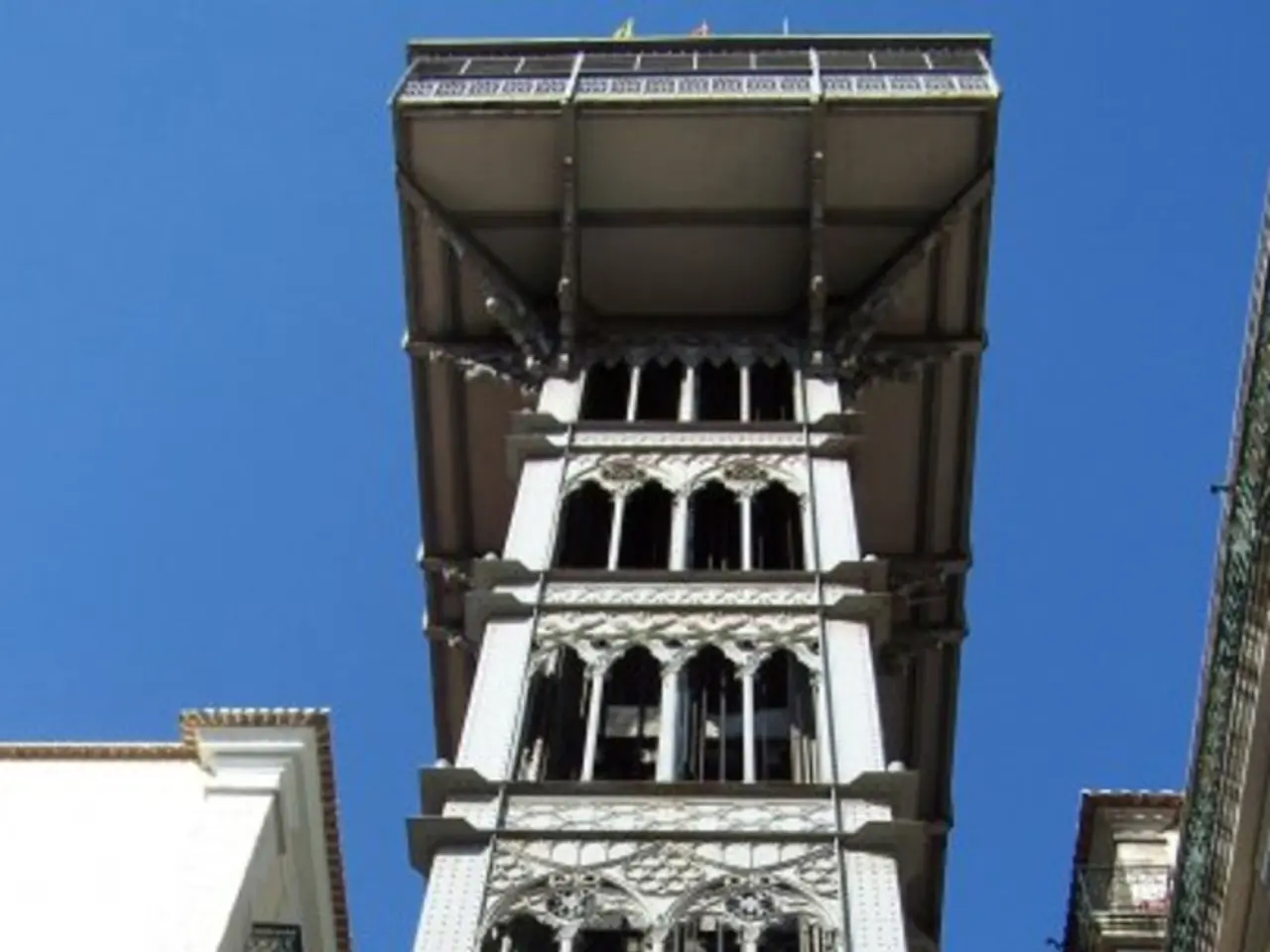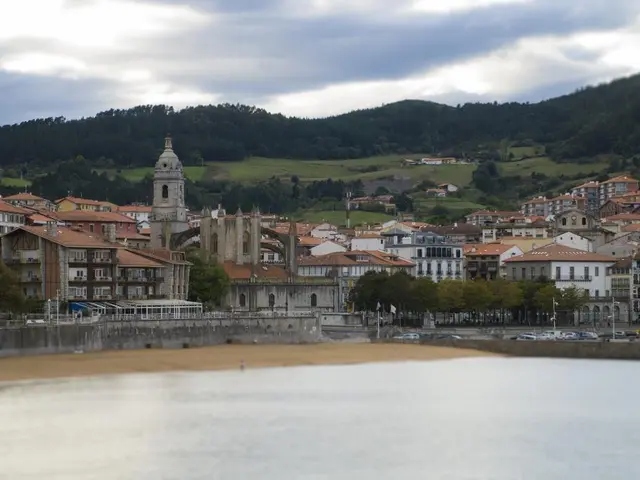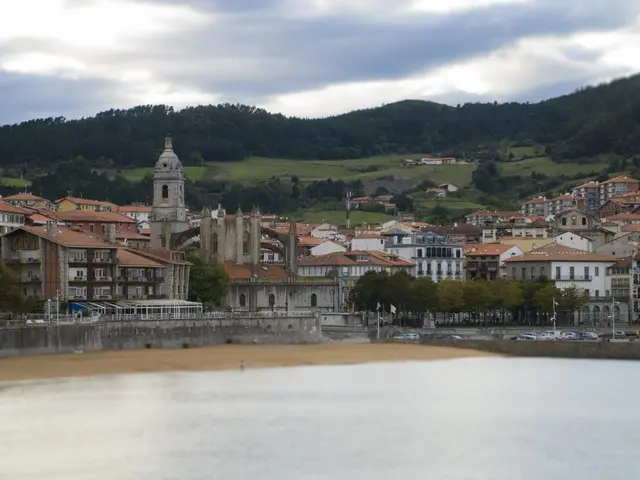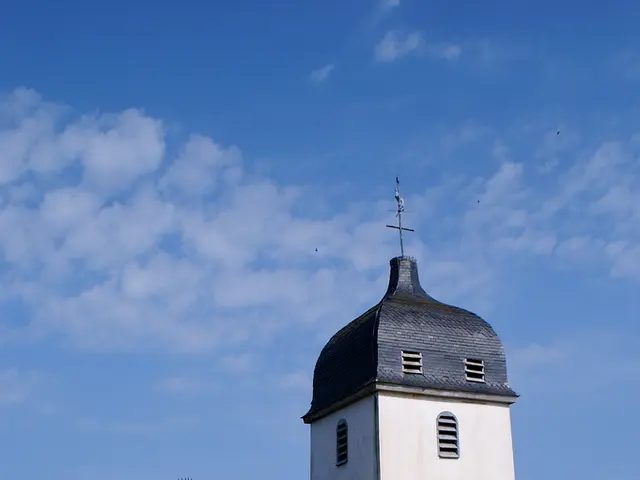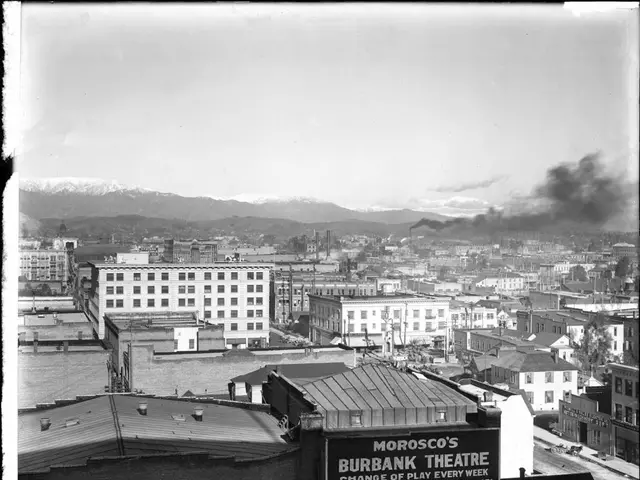Kazakhstan’s Nura-Sarysu Basin Faces 88% Water Shortage Amid Pollution Crisis
The Nura-Sarysu basin, Kazakhstan's industrial and agricultural heart, faces severe water stress, with up to 88% water shortage. The Satpayev Canal, a critical water source, struggles during autumn and winter due to high demand and pollution. A suggested operational checklist aims to improve transparency and communication about water management in the region.
The Satpayev Canal, feeding the Nura-Sarysu basin, is overstretched due to high demand from China, Russia, and Kazakhstan. Ongoing discharges from coal mines and municipal sewage treatment plants exacerbate water quality issues. The basin has long grappled with mercury waste, confirmed as severe in recent reviews. The region depends on transfers from the Irtysh basin, but the canal is struggling to meet demands.
Autumn brings additional challenges, with low flows and operational stress amplifying risks from industrial and municipal discharges. The public lacks transparency in water resource allocation, leading to concern and tension during shortages. In response, a suggested operational checklist includes daily transparent summaries on the Satpayev Canal and improved communication with the public. Temporary online telemetry for major industrial users is also planned to enhance monitoring and accountability.
The Nura-Sarysu basin's water crisis is a national security issue, with severe water stress and pollution threatening irrigation and agriculture. While investment and modernization projects are planned for 2025, immediate steps like the suggested operational checklist aim to improve transparency and communication, helping to alleviate public concern and manage water resources more effectively.
